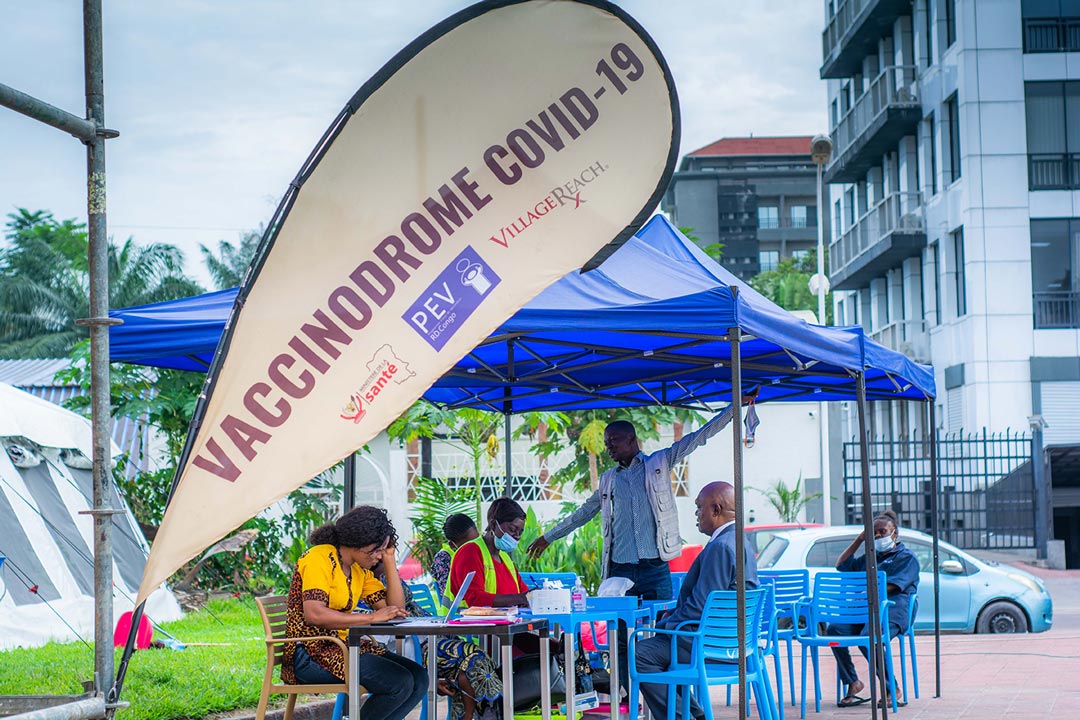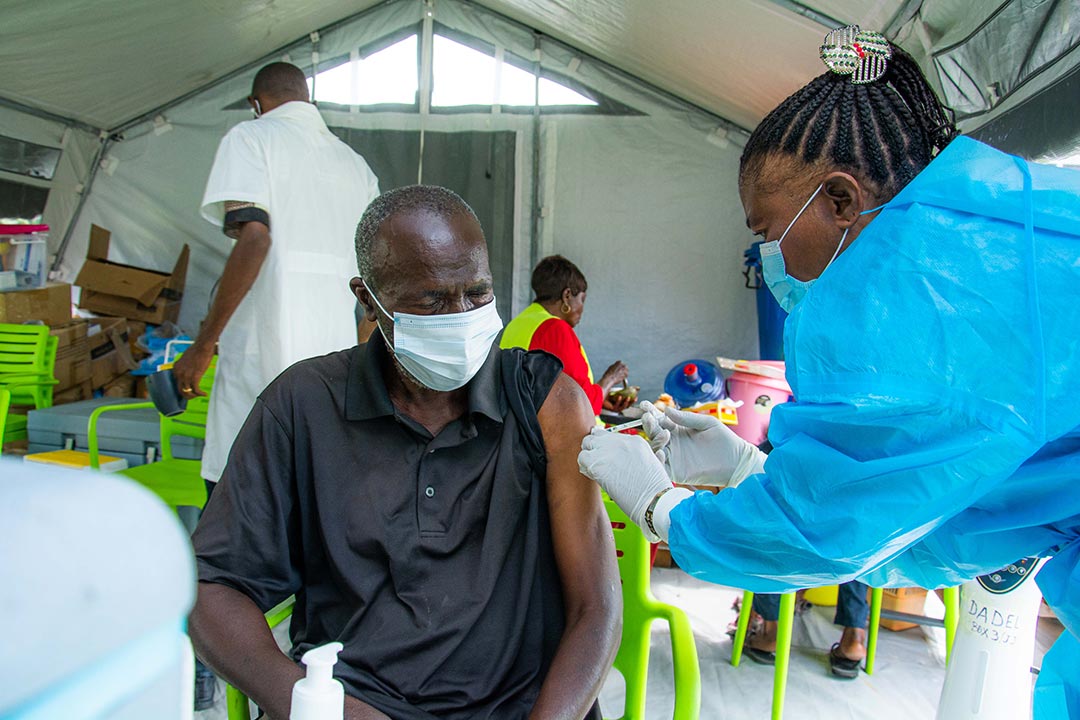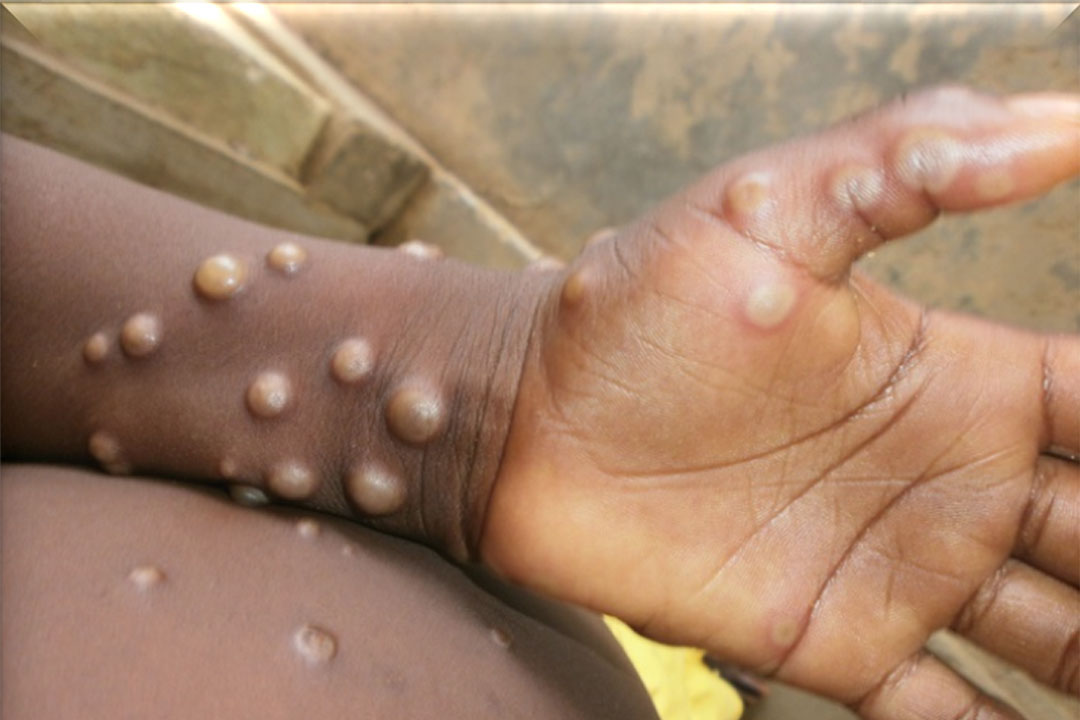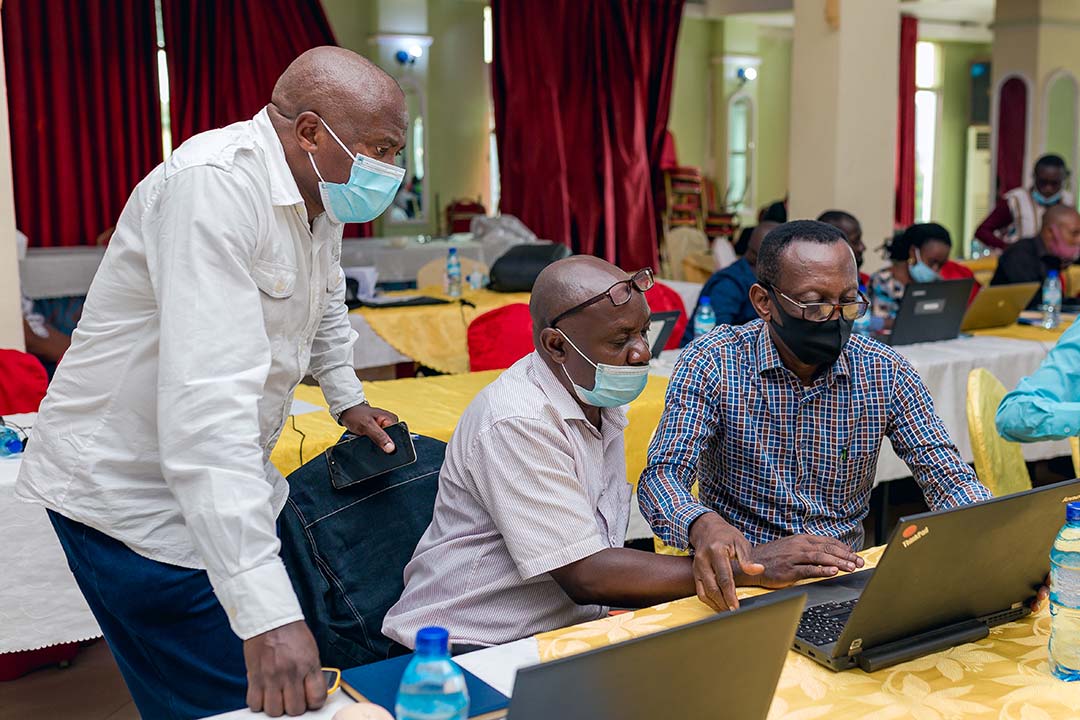The vaccinodromes of Kinshasa: DRC steps up COVID-19 vaccinations
The task is enormous: by the end of 2023, vaccinate 53 million Congolese. Despite the many challenges, the government is fine-tuning its strategy.
- 8 April 2022
- 3 min read
- by Larissa Diakanua

Dr Aimé Cikomola, Director of the Expanded Programme on Immunisation (PEV), does not hide his optimism: the strategies deployed over recent months are gradually bearing fruit, increasing the number of people vaccinated in a relatively short period.
"We have sufficient and varied vaccines, and now we are placing “vaccinodromes”, which are large structures used for vaccination. We have placed them in several places in Kinshasa and intend to multiply them because they bring very good results."
The Ministry of Public Health, Hygiene and Prevention has succeeded in deploying 987 vaccination sites in 15 of the country’s 26 provinces. The 11 other provinces are at the preparation stage and will open vaccination sites by end of March/early April. They have a long way to go.
“The current number of vaccinated people represents 0.93% [of the population], against 0.47% in February 2022. Efforts are being made since the minister himself got involved in the mobilisation of resources and stakeholders for the implementation of the vaccination,” states Dr Cikomola.

The ministry launched vaccinations last year with AstraZeneca, but vaccine misinformation was spread about the vaccine and its availability also became an issue, which prompted the government to introduce Moderna, Pfizer, Sinovac and Johnson & Johnson vaccines. To fight misinformation, the programme also involves communities in sensitisation.
“We have noticed that provinces where community leaders get involved in the sensitisation achieve better results, as is the case in Kasai Oriental, Haut-Uele, South-Ubangi and Haut-Katanga,” adds Dr Cikomola.
Another challenge faced by the ministry is financing. “We have received only 10% of the funds that partners have pledged,” he says. “Healthcare workers went on strike for the last six months of last year. They were demanding an increase in their premium pay and salary.”
Have you read?
Another problem is the poor reporting of data from the provinces, which has made it difficult to gather accurate data as well as monitor the vaccinated.
The ministry relies on a combination of several strategies, according to the director: “The best strategy to date is outreach, and we need to mobilise resources to achieve this. We have sufficient and varied vaccines, and now we are placing “vaccinodromes”, which are large structures used for vaccination. We have placed them in several places in Kinshasa and intend to multiply them because they bring very good results.”
The ministry has also set up mobile teams to vaccinate workers in different enterprises to reach as many people as possible.
An acceleration plan has been proposed combining these strategies. With this the ministry hopes to achieve its initial plan of vaccinating all 53 million eligible people by the end of 2023.
One of the vaccinodromes (mass vaccination centres), located in the capital’s business district in the north of the city, has been open since November 2021 and receives between 150 and 250 candidates per day for vaccination. The site supervisor, Trésor Nginamau, says that these structures have really changed the game.
“Many people come to get vaccinated spontaneously and some company employees are referred to us to receive their vaccine,” he adds.
Since the start of the vaccination campaign in April 2021 until 24 March, 850,000 people have been vaccinated. Of these, 520,000 are fully vaccinated.
More from Larissa Diakanua
Recommended for you








